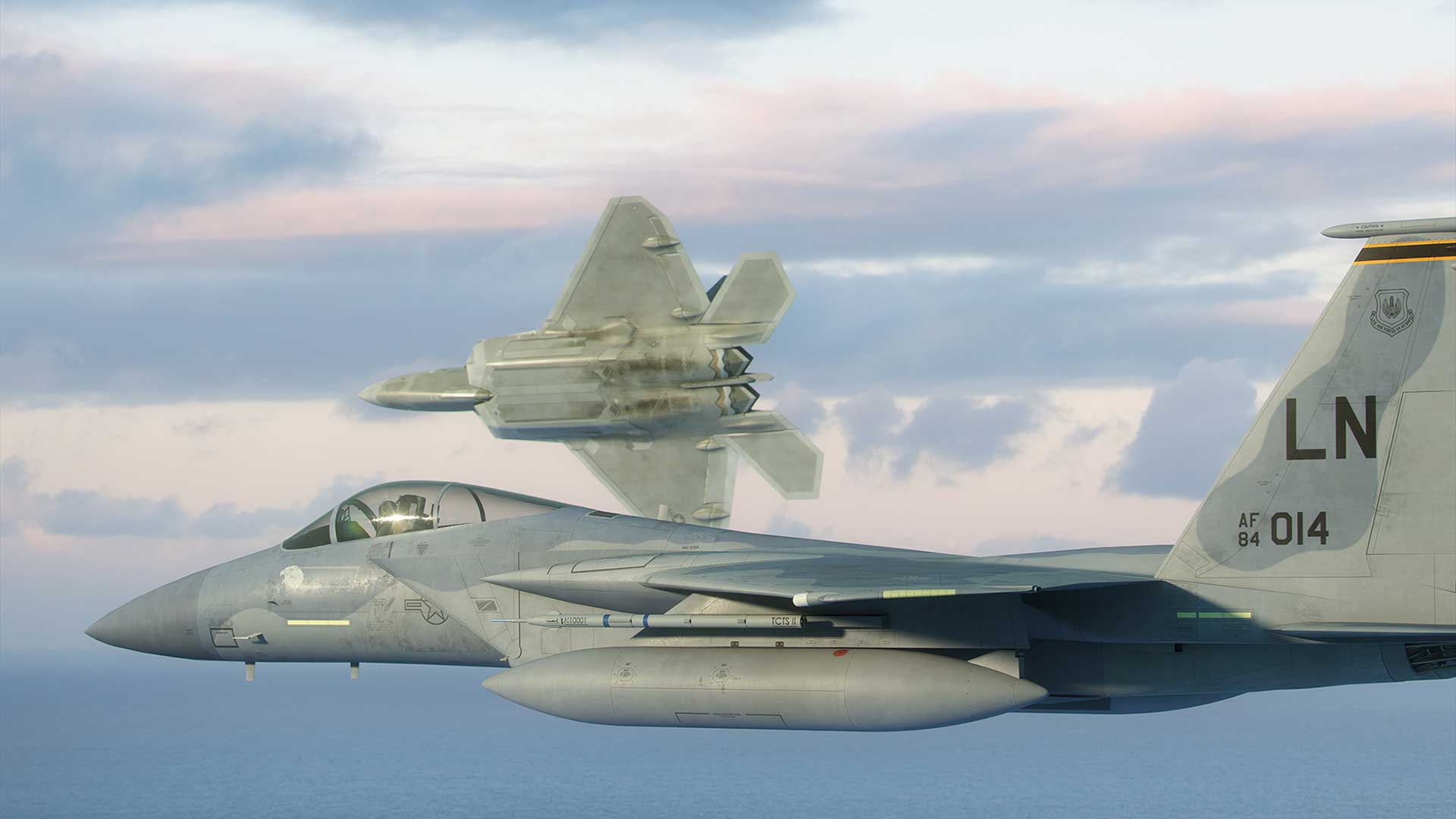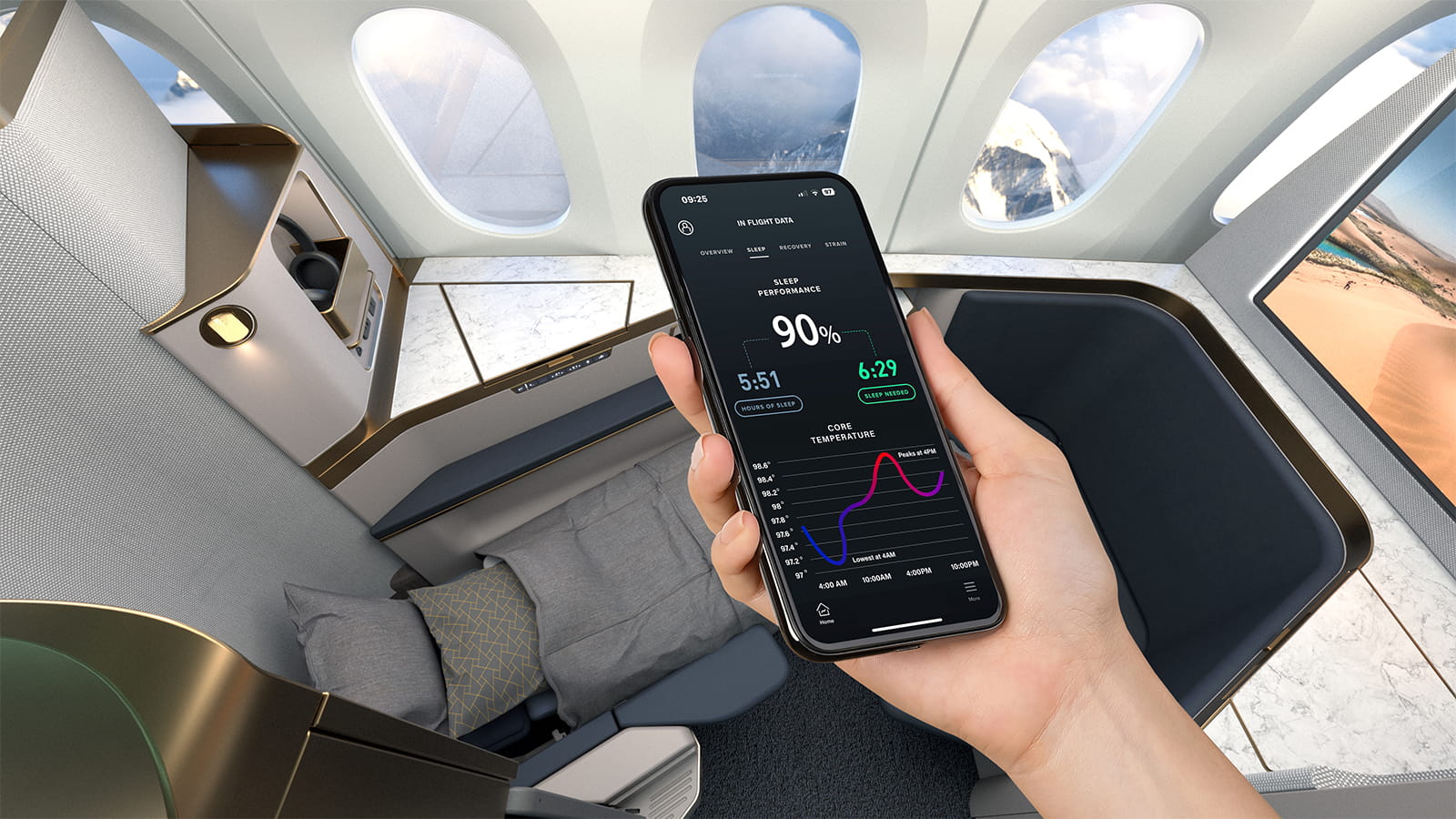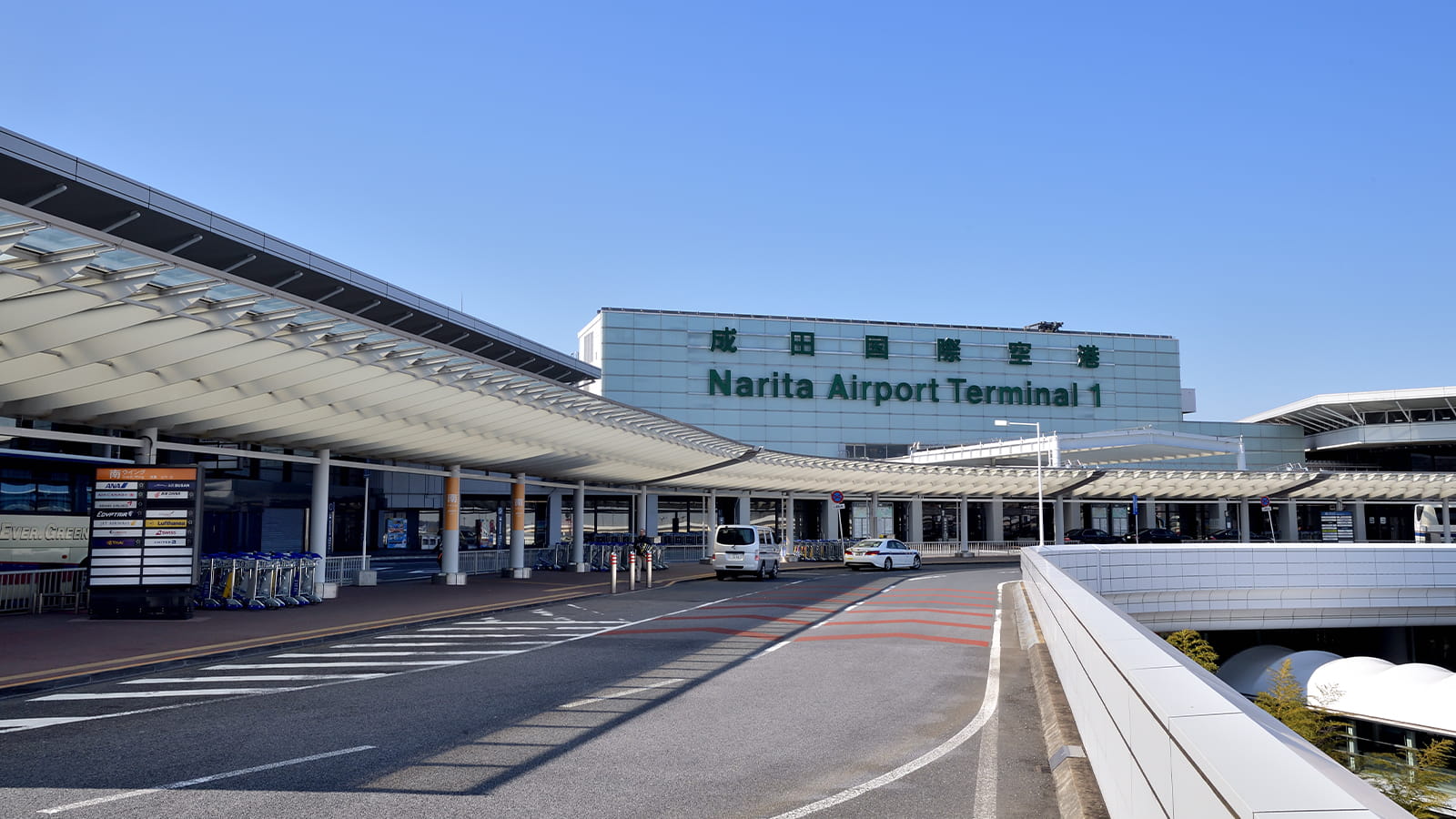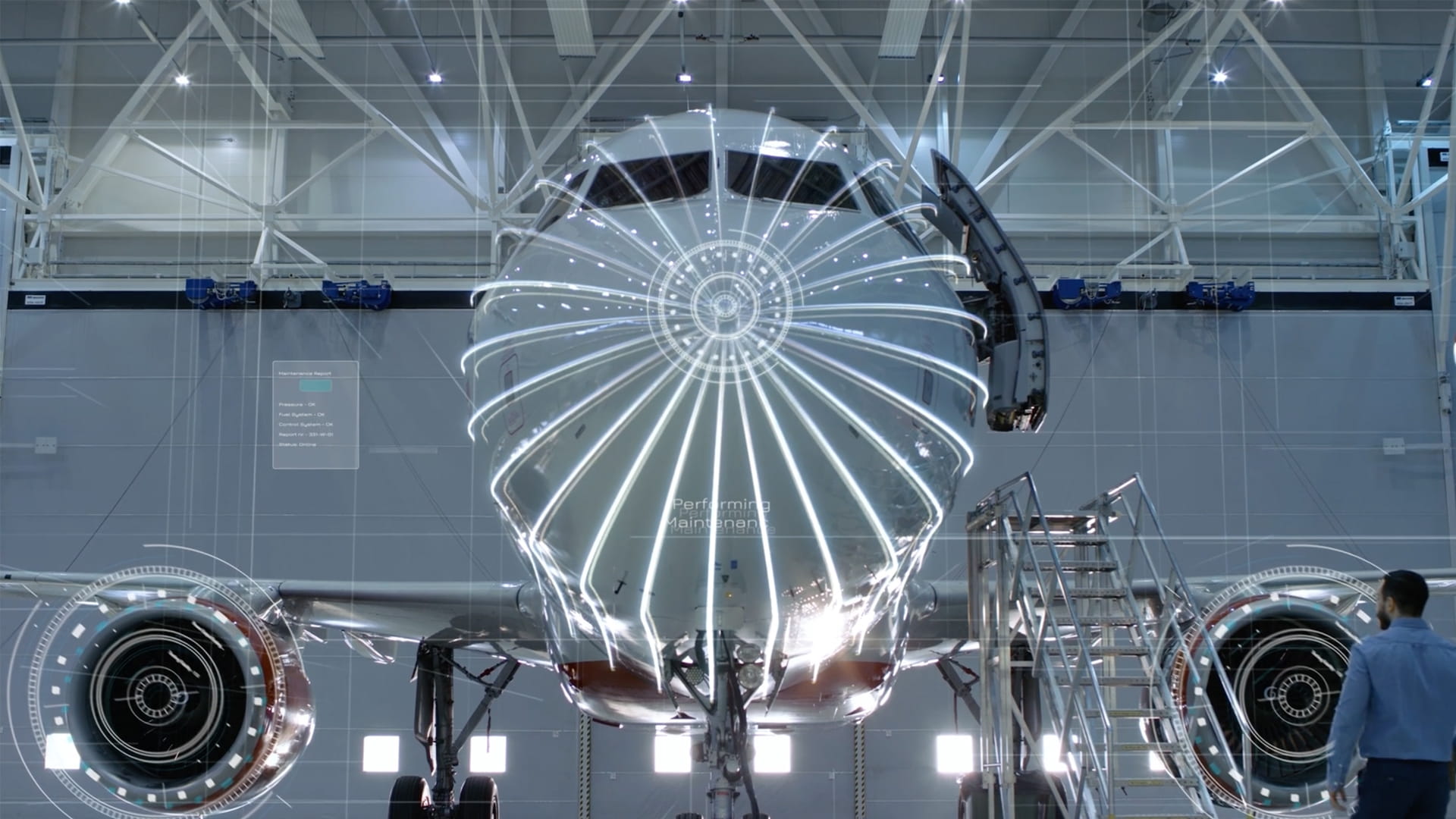Delivering secure, mature and open tactical combat training systems to the modern warfighter
Collins Aerospace’s Joint Secure Air Combat System (JSAS) is a scalable military training solution that simulates real-time threats in today’s unpredictable, evolving battlespace and enables our warfighters to be ready for the next fight.
Ask any modern warfighter: The days of training on a single aircraft for a specific mission or within the limits of a traditional air-to-air or air-to-ground domain are behind us. Training for today’s battlespace requires agility, split-second situational awareness and a technological fluency that weren’t necessary or even possible in previous generations.
A new way to train for a multi-domain threat
To ensure military pilots are ready for highly contested and congested scenarios, they must train across air, land, sea, space and cyberspace at the same time. Live, Virtual and Constructive (LVC) training is the approach that can help them meet their missions in an ever-changing environment.
Collins Aerospace’s Joint Secure Air Combat System (JSAS) is the latest leap in LVC training. JSAS features an open, Multiple Independent Levels of Security (MILS)-encrypted architecture and advanced computing power that make it versatile enough for next-generation training scenarios using Synthetic Inject to Live (SITL), and responsive enough to evolve with changing threats.
JSAS was first used on the Common Range Integrated Instrumentation Solution (CRIIS) that recently completed production. Leveraging CRIIS, the U.S. Navy also uses JSAS on the Tactical Combat Training System Increment II (TCTS II) program, technology the Navy is using to upgrade all of its training ranges.
The road to readiness
Collins announced the beginning of the flight test phase for the U.S. Navy’s (TCTS II) training pod early in 2020 and started trials right away. The live flight tests used civilian aircraft – a way to make sure the system met customer requirements without the expense of tying up actual military resources.
“This stage of testing allowed us to establish the larger, proof-of-system capabilities and demonstrate the technology’s operational value and cross-mission utility to our defence customers,” said Jenn Serra, associate director of sales and business development for Collins.
The flights verified TCTS II’s long-range, air-to-air and air-to-ground datalink reliability, while allowing the team to identify and resolve risks ahead of future tests and demonstrations.
Acing ANTX 2021 exercises
After many successful flight tests, Collins was ready to showcase its capabilities concurrent with a large-scale exercise at the U.S. Navy’s ANTX-21, or Advanced Naval Technology Exercises, held at Patuxent River, Maryland in June and August of 2021.
The event included:
- Live aircraft (F/A-18 and EA-18)
- Integration with an F/A-18 simulator at the Naval Air Warfare Center Aircraft Division Manned Flight Simulator facility
- TCTS II integration with the Navy Continuous Training Environment (NCTE), and remote synthetic threat injects controlled by Joint Semi-Automated Force (JSAF) over NCTE.
The exercise was highlighted by TCTS II pods on aircraft from operational squadrons that linked live flying with crews in high-fidelity simulators. Highlights for each aspect of the training included:
Live (real people operating real systems) – For the first time, operational pilots were immersed in the LVC environment TCTCS II builds as they flew with the external pods on their aircraft.
Virtual (real people operating simulated systems) – Pilots in simulators engaged virtual threats in both the air and maritime domains, whilst participating in the same mission as the pilots in live aircraft.
Constructive (a computer-based program that generates live and simulated conditions) – A constructive or synthetic threat engaged and neutralized a live threat, followed by real-time notification.
Scalability brings flexibility to allied fleets
As these multi-domain training solutions reach more testing milestones, Collins expects to see this part of the business grow.
“JSAS enables the warfighter to train and improve joint tactics, techniques and procedures in a secure environment against a peer adversary threat, unlike anything that has been seen in the past," said Heather Robertson, vice president and general manager, Integrated Solutions for Collins.
The company recently signed an agreement with Draken Europe to introduce Collins’ JSAS solution for use with Draken’s Falcon 20 fleet in support of operational readiness training for the U.K.’s Royal Air Force and Royal Navy.
And, as more and more military customers continue to see the benefits of secure, mature and open tactical training technology, Collins says it will be ready to equip future warfighters for success in the connected battlespace.




